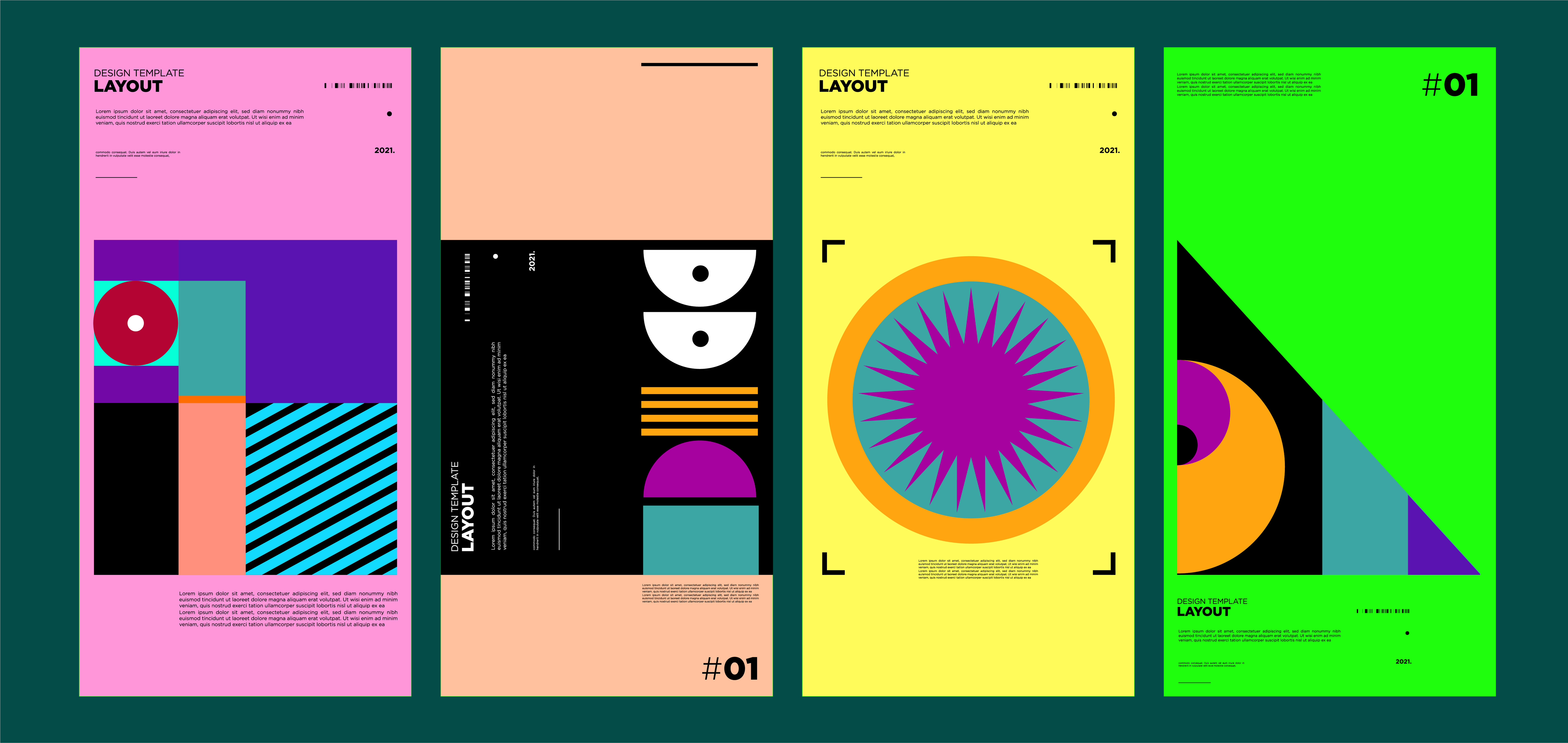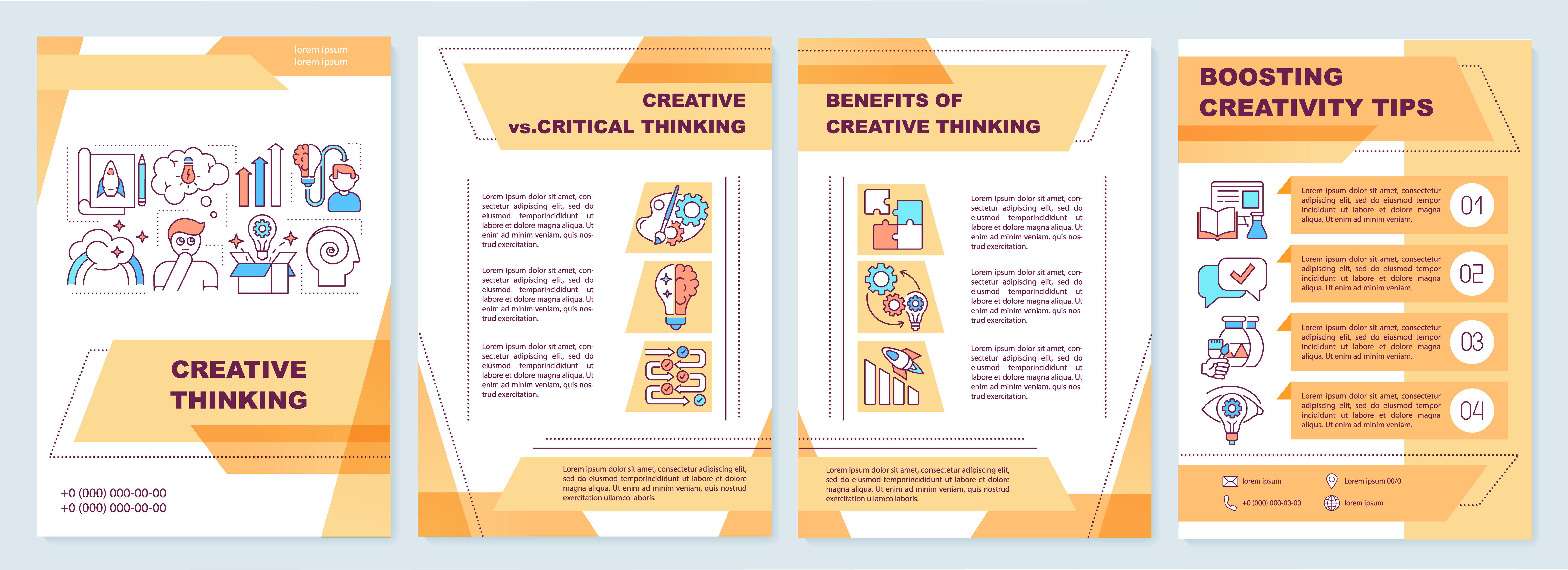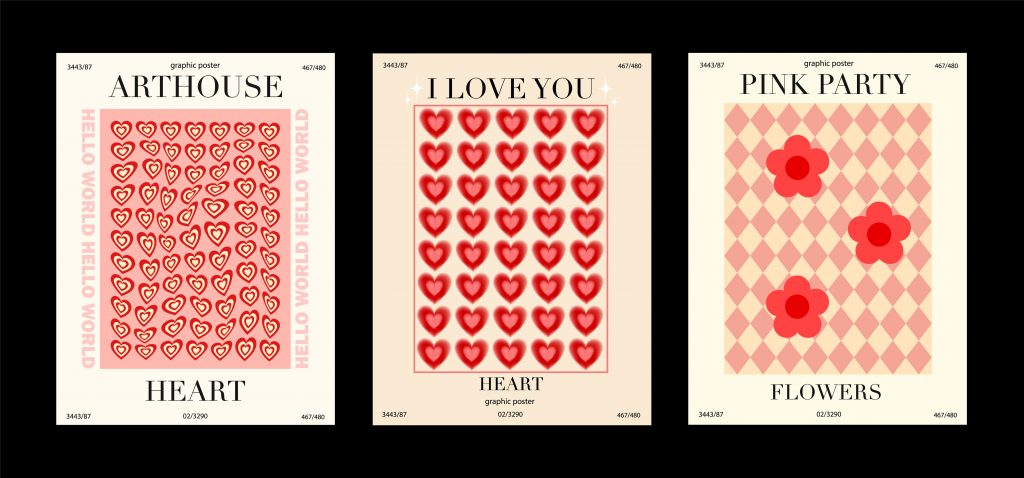In today’s fast-paced and ever-changing world, the development of creative and critical thinking skills is more important than ever. One often overlooked tool that can foster these skills in students is the humble poster. With the help of free poster templates — StoryboardThat, for instance, educators can create visually appealing and thought-provoking posters that inspire students to think critically and creatively.
This article will delve into the importance of these skills, why posters can have a significant impact on their development, and how they can be effectively used in educational settings.
Developing Critical Thinking Skills through Posters
Creative and critical thinking skills are essential in today’s world, where problem-solving, reasoning, analysis, synthesis, and innovation are highly valued. These skills enable individuals to adapt to new situations, generate fresh ideas, and make informed decisions.
In addition, they promote intellectual curiosity, open-mindedness, and resilience, all of which are crucial for success in various aspects of life. By incorporating posters into the curriculum, educators can encourage children to develop these skills from an early age.
Promoting Creative Thinking with Poster Design
One of the ways in which posters encourage students to think critically and creatively is by presenting them with visual information that they need to interpret, analyze, and evaluate. When students are exposed to posters, they engage in a process of decoding the images, text, and other elements, which requires them to use their critical thinking skills.
For example, a poster on climate change may feature graphs, statistics, and images that students must analyze and synthesize to understand the overall message. In doing so, they learn to identify patterns, draw connections, and make inferences, all of which are essential components of critical thinking.

Image from Adobe Stock
Inspiring Students through Visual Storytelling
Posters also promote creative thinking by providing opportunities for students to express themselves and generate new ideas. For instance, when students are tasked with creating their own posters, they must consider various design elements such as color, layout, and typography, as well as the content and message they want to convey.
This process encourages them to think outside the box, experiment with different approaches, and develop their own unique visual language. Research has shown that engaging in creative activities can boost problem-solving abilities, enhance cognitive flexibility, and foster a growth mindset, which are all crucial for success in today’s world.
Boosting Confidence and Enhancing Communication Skills
In addition to fostering critical and creative thinking skills, posters can also be used to inspire students. Effective and attractive designs can stimulate students’ imagination and help them develop their own perspectives through visual storytelling.
For example, a poster featuring an inspiring quote or a powerful image can serve as a catalyst for reflection and discussion, encouraging students to explore new ideas and question established beliefs. Similarly, visuals that showcase the work of famous artists, scientists, or historical figures can motivate students to learn more about these individuals and their contributions, thus broadening their horizons and promoting intellectual curiosity.
Moreover, the use of posters can increase students’ confidence and enhance their communication and presentation skills. When students create their own designs, they must learn to articulate their ideas clearly and concisely, while also considering the needs and preferences of their target audience.
This process requires them to develop strong organizational, writing, and design skills, which are all essential for effective communication. Furthermore, presenting their posters to their peers and teachers gives students the opportunity to practice public speaking, receive feedback, and refine their ideas, thus building their confidence and self-efficacy.

Image from Adobe Stock
Effective Poster Design Tips for Education
Creating visually appealing and informative posters can greatly enhance the learning experience for students. Here are some helpful tips for educators looking to create impactful educational posters:
1. Choose a Clear and Concise Message
An effective educational poster should convey a clear and concise message that is easy for students to understand. Avoid including too much information or using complex language, as this can make the poster difficult to comprehend. Instead, focus on the most important points and use simple, straightforward language that your students can easily grasp.
2. Use Visual Hierarchy to Organize Information
Visual hierarchy is a term that describes how design elements are arranged to lead the viewer’s eye through a poster. Creating an effective visual hierarchy involves categorizing content, using headings, subheadings, and bullet points to break down long text blocks. This will improve readability and facilitate students’ ability to locate necessary information.
3. Choose Legible Typography
The appearance and legibility of your poster can be greatly influenced by the font and typography used. It is crucial to choose a font that is appropriate and easy to read in an educational context, while also avoiding the use of multiple fonts that could create a cluttered and perplexing appearance. The right choice of font can drastically improve the readability of your poster.
4. Utilize Color Strategically
The palette of colors you use in your poster design can significantly affect its effectiveness in attracting attention and communicating meaning. To ensure visual appeal and complement the content, be mindful of the color choices you make. It’s important to ensure legibility by using contrasting colors for text and background and highlighting significant information or establishing connections between components with color.
5. Leave Adequate White Space
White space, or negative space, refers to the empty areas around and between design elements. Leaving adequate white space on your poster can improve readability, create balance, and give the design a clean and professional appearance.
Final Word
In conclusion, posters are a powerful tool for fostering the growth of students’ creative and critical thinking skills. By incorporating visually appealing and thought-provoking posters into the curriculum, educators can encourage children to engage in critical analysis, creative expression, and intellectual exploration, all of which are vital for success in today’s world.
Additionally, posters can inspire students, boost their confidence, and enhance their communication and presentation skills. With a wealth of resources available, such as poster templates from StoryboardThat, there has never been a better time for educators to harness the power of posters in their teaching practice.
So, whether you are a teacher, a school administrator, or an educational consultant, consider incorporating more posters into your curriculum and witnessing the transformative impact they can have on your students’ learning and growth.

